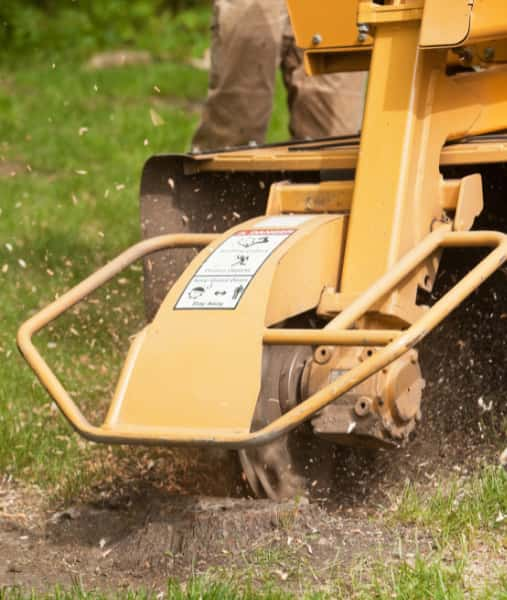Introduction: Tree trimming, an essential practice in arboriculture, has a rich history that spans centuries. From ancient civilisations to modern techniques, the art and science of tree trimming have evolved significantly. In this blog post, we’ll journey through time, exploring the history of tree trimming, from its ancient origins to the advanced practices employed by Bury St Edmunds Tree Surgeons today.
Ancient Tree Trimming Practices
- Early Tools: In ancient times, tree trimming primarily involved using rudimentary tools such as hand axes, saws, and fire. Early civilisations, like the Egyptians, Greeks, and Romans, recognised the importance of maintaining trees for various purposes, including shade, fruit production, and religious symbolism.
- Aesthetic Pruning: In ancient China and Japan, tree trimming evolved into an art form known as “bonsai.” This intricate practice focused on shaping and pruning trees to create miniature masterpieces, emphasising aesthetics and symbolism.
- Orchard Management: In medieval Europe, orchards became more prevalent, and tree trimming was vital in managing fruit-bearing trees. Techniques like espalier and pollarding were used to optimise fruit production.
The Renaissance of Tree Trimming
- 17th Century: The 17th century marked a period of significant advancements in arboriculture. Trees were trimmed with greater care and precision, and formal gardens became popular in Europe. Landscape architects and garden designers incorporated intricate tree designs into their plans.
- The 18th Century: Tree trimming continued to evolve during the 18th century. The French formal garden style, characterised by geometrically shaped trees, topiaries, and hedges, gained prominence.
Modern Tree Trimming Techniques
- Arboriculture as a Science: In the 19th century, tree care transitioned from an art to a science. Arboriculture emerged as a formal discipline, and experts began studying the biology and physiology of trees. This scientific approach led to more precise pruning techniques based on tree health and structural integrity.
- Modern Tools: With advanced tools and equipment, such as chainsaws, pole pruners, and hydraulic lifts, tree trimming became more efficient and accessible. Arborists could reach greater heights and perform intricate surgeries on trees with precision.
- Preservation and Sustainability: Today, tree trimming is about aesthetics and preserving the health and longevity of trees. Modern techniques focus on structural integrity, disease prevention, and sustainable practices. Pruning methods like crown reduction, crown thinning, and deadwood removal are used to maintain tree health.
- Safety First: Safety is paramount in modern tree-trimming practices. Certified arborists like Bury St Edmunds Tree Surgeons adhere to strict safety standards, utilising personal protective equipment and safe work practices to protect the tree workers and the environment.
Conclusion: The history of tree trimming is a testament to human ingenuity and our evolving understanding of trees and their care. From ancient civilisations’ rudimentary tools and practices to the modern techniques employed by Bury St Edmunds Tree Surgeons today, the art and science of tree trimming have come a long way. As we continue to learn and adapt, our approach to tree trimming will undoubtedly become even more refined, ensuring the health, beauty, and longevity of the trees that enrich our landscapes. If you have trees needing professional care, trust the experts at Bury St Edmunds Tree Surgeons to provide the highest quality tree trimming services, blending modern techniques with a deep respect for the history and heritage of arboriculture.
Call us on: 01284 339 498
Click here to find out more about Bury St Edmunds Tree Surgeons
Click here to complete our contact form and see how we can help with your tree’s needs.

